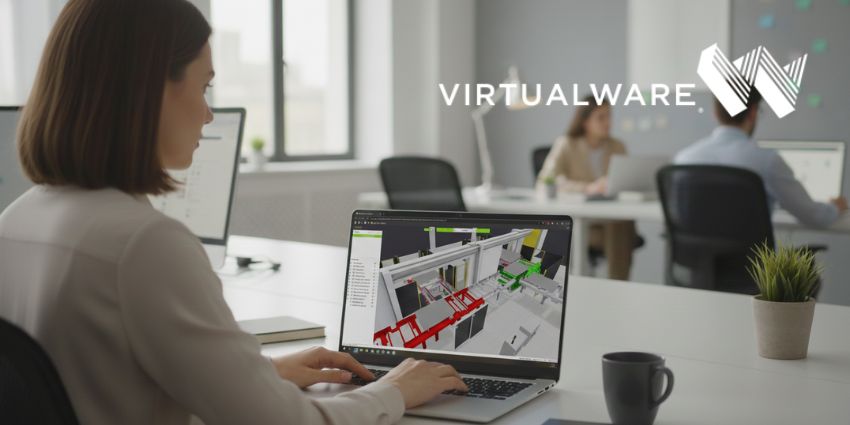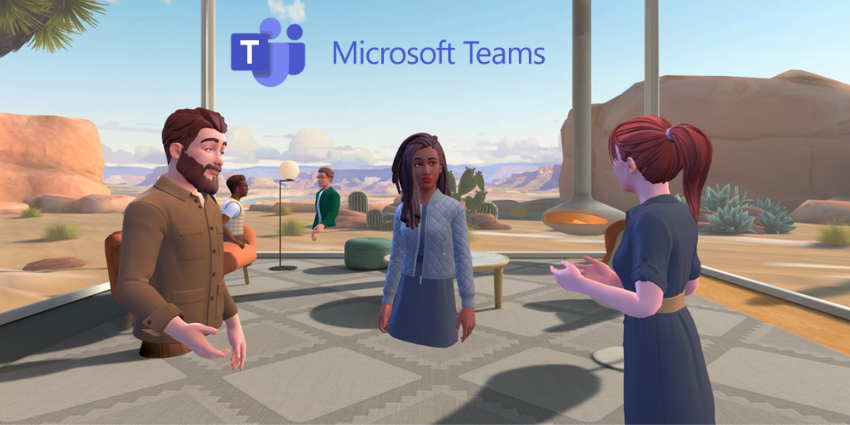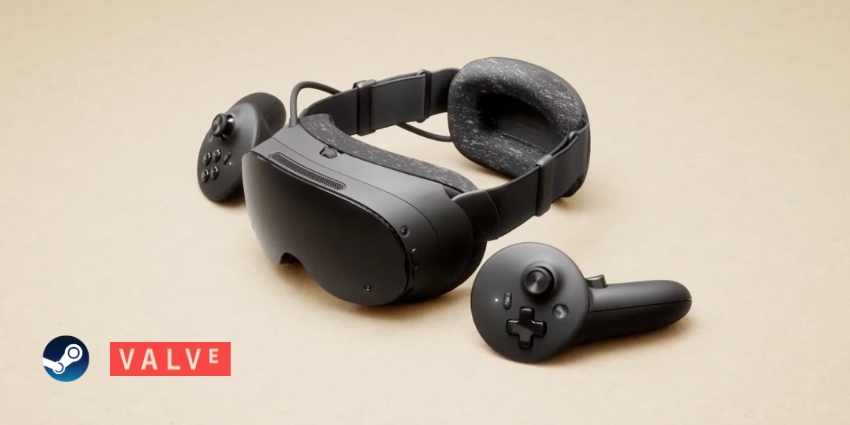The healthcare industry requires the utmost optimisation and trust in its education and training avenues. Like other high-risk and high-pressure environments, healthcare relies on daily operational efficiency and excellence to ensure positive outcomes.
In turn, the healthcare sector is becoming a solid champion for immersive training due to the technology’s ability to simulate real-life situations without interrupting or significantly affecting working environments.
However, due to the immense risk, solution providers and healthcare professionals are optimising emerging XR training to match expectations. XR is not perfect for healthcare-related training, but it provides a wealth of opportunities. XR can do an excellent job in certain areas of medical training. However, there is room to improve XR training outcomes regarding procedural-based training.
Speaking exclusively to XR Today, Richard S Hart BA MD FRCSC, a trusted Canadian surgeon and healthcare educator, and the CEO/Founder of NextGen Surgery, discussed how he is leveraging XR to create unique learning opportunities, using a deep technology stack, including AI, BCI, neural interfaces, and applied psychophysiology.
Hart worked as a surgeon for 25 years, with expertise in hepatobiliary pancreatic and general surgery. Following an esteemed career, Hart set up shop as a healthcare educator, passing his knowledge down to generations.
Hart noted that while helping to upskill the next generation of Canadian healthcare professionals, he noticed certain things that were done “exceptionally well in surgical training,” but new considerations and optimisations were significantly required in other areas, namely stress management, moment-to-moment decision-making, bidirectional neural efficiency, and critical moment responses.
Hart explained:
With NextGen Surgery, I’ve taken a page from my previous career, when I competed internationally for Canada in sports. I was fortunate enough to learn about applied psychophysiology, neurophysiology, and electrophysiology for assessing your abilities and creating calmness of mind with the confidence to perform in any environment.
NextGen Surgery: Boosting Candian Healthcare Professional Skill Acquisition and Execution
Surgical education primarily focuses on “skill acquisition and execution, ultimately leading to technical mastery and autonomy through neuroplasticity,” essentially developing the muscle memory and autonomy to pull off life-saving operations.
However, this is “only one piece” of the performance puzzle, notes Hart, who explains that alongside autonomous surgical movements, the harder skill to develop is self-regulation to calm a surgeon’s mind and enhance performance.
Hart added:
What NextGen Surgery is and why I made this switch is, for the first time in 100 years, surgical education is changing from an apprenticeship model to a confidence-by-design model. So it gives us the opportunity to create a new curriculum in an era that has technologies that we’ve never had available to us.
“I left the operating room to transform, hopefully, everything that happens within the operating room or leading up to it, to try to evolve how we look at and train the surgeons for the future,” remarked Hart. NextGen Surgery aims to boost healthcare training in areas where skill acquisition and optimisation are greatly needed.
Thanks to immersive interactive input, XR simulation training provides a safe, repeatable space to hone skills – from healthcare to aviation. However, for tomorrow’s surgeons, Hart felt a deeper technology approach would bring an increased value proposition to the sector’s learners.
Hart’s firm is leveraging real-time biobehavioral cognitive and physiological regulation data during immersive training to help trainees control themselves in high-pressure, constantly changing environments, including moment-to-moment management and critical moment management during medical procedures.
Hart explained:
In terms of the skill gap, I would say we have the skills; we’re excellent at that, as I said. But the gap comes in teaching and training self-regulation. It’s only been in the last decade that people have really looked at what we call non-technical skills, or what people refer to as soft skills. I call them power skills because they’re actually the harder skills to develop.
Using XR for Stress Mitigation Training
NextGen Surgery also addresses stress mitigation to help healthcare professionals develop stress resiliency. Hart noted that roughly “three million people a year suffer a complication as a result of lapses.” This is preventable harm.
Preventable harm notably costs the healthcare sector millions and, more importantly, the well-being and, at times, life of patients worldwide. So, a solution is needed, and fast.
NextGen Surgery – alongside its aforementioned training goals and ambitions – works to enhance the human factor of training. Hart noted that thanks to immersive and interactive technologies, the sector can adopt a “new approach” that the market “didn’t necessarily have before.”
“NextGen Surgery is about human factors, critical moments, and data science,” remarked Hart, who also said the current digital precision medicine era, where patients interact with a device to “achieve, or hopefully gain a positive benefit,” can also benefit professionals.
Hart also explained that “the way I’m looking at it is actually taking the digital health strategy and turning it back onto the surgeon, the OR team, and the nurses.”
By turning healthcare solutions back onto the professional, NextGen Surgery can focus on using pre-existing immersive tools and its own complex emerging technology stack to upskill trainees, “using neurotechnology and brain-computer interfaces (BCI) to then give a positive impact to the patient in terms of improving safety and hopefully outcomes,” Hart said.
Behind NextGen Surgery’s Impressive Technology Stack
By using integrated tech like AI and BCI, NextGen Surgery can leverage unique objective metrics for targeting and specifically training areas of operational deficiency. ” We’re able to identify what’s working, when it’s working well, and how well it’s working. We’re able to then provide transfer skills based on this data.”
Moreover, during a NextGen Surgery-powered immersive training session, the accompanying AI, BCI, and neural interface technology stack assess a learner at baseline stress and recovery; “we can tell how you’re going to react pretty much in any situation and then with that, we can target training that is specific for the individual and not try just to put people into a category and where everybody’s learning the same things,” Hart said.
“We’re creating a really individualized approach to enhancing performance at the level that’s never been truly addressed before,” added Hart.
The intersection of XR, AI, BCI, and neural interface-based training that Hart and NextGen Surgery provide locally to the region’s healthcare learners is not restricted to that market.
Hart notes that the hardware and software solution approach applies to “any domain where performance under pressure matters.”
Hart also added:
Stress has a direct impact on technical and non-technical skills, and it doesn’t have to be just in healthcare. Burnout and mental health issues are on the rise. The type of training that we do, the benefits through neurofeedback and biofeedback, have direct positive effects on both mental and physical health. Not only will you improve an individual’s performance, but you’ll also improve their overall well-being.
Notably, to focus on a power skills program, NextGen Surgery recently brought on Lindsay Shaw, formally a performance enhancement Coach at the United States Olympic Committee, to boost the platform’s focus on performance and bio-behavioural change.
Leveraging BCI to Optimise Healthcare Training
“Everybody’s talking about BCI as if they’re the newest thing,” joked Hart, who explained how the technology has been around for around a quarter century.
NextGen Surgery is working with global BCI leaders in g.tech medical engineering, an Austrian firm, to secure BCI integration. Hart noted that g.tech medical engineering “made the first brain-computer interface back in 1999.”
Hart also explained:
This is a medical grade, FDA approved, Health Canada approved, European approved, electroencephalogram EEG device – 32 channels. But it has an amplifier with cables for all the body metrics. So we can take all of the brain measures we want. All of the body measures extract that data from moment to moment. With BCI’s being able to see how things are changing immediately, it’s not actionable data that you look at after, but it’s data in-action because you can actually learn how to transform or change in the moment.
Moreover, Hart added:
I need to say this is non-invasive; everybody, when they hear about BCIs, they’re thinking about implantable devices. This is not that at all. It’s going to be something that’s much smaller, that you’re going to be able to wear, less than 120 grams. It’ll fit under a surgical cap. It would fit under a baseball cap, but it will be able to measure the specific data that we need and help you train using these brand computer interfaces.
“It almost feels like it’s a whole new language that’s being made when integrated with XR in terms of data,” said Hart.
What Problems Need to Be Addressed?
Hart said the HMDs “that are out there are phenomenal.” However, with XR leveraged for surgical training, Hart finds more issues with controllers and input devices: “I use robotic haptic feedback from another company because we need the precision.”
Hart added:
Whenever you use these [XR] technologies, it’s really important to recognize the importance of exactitude and embodiment. People often forget about this. They’ll be doing something in a virtual world, moving, and performing the technique, but that doesn’t necessarily translate.
The technology is moving in the right direction. Hart notes that “hyper-realistic” immersive environments are the key to transferring skills gained in XR to a performance environment. However, the success moment comes when XR meets the OR team, notes Hart, “it doesn’t matter how good a training programme is, if it doesn’t target the specific the needs of the individual, and doesn’t provide the individual with transfer skills to take from environment to environment; it will fall short.”
“The transferability is predicated on embodiment and exactitude,” said Hart, who notes that the technology is not there yet. “But I’m excited by all the work being done in the field; I see new things every single day,” he concluded.







